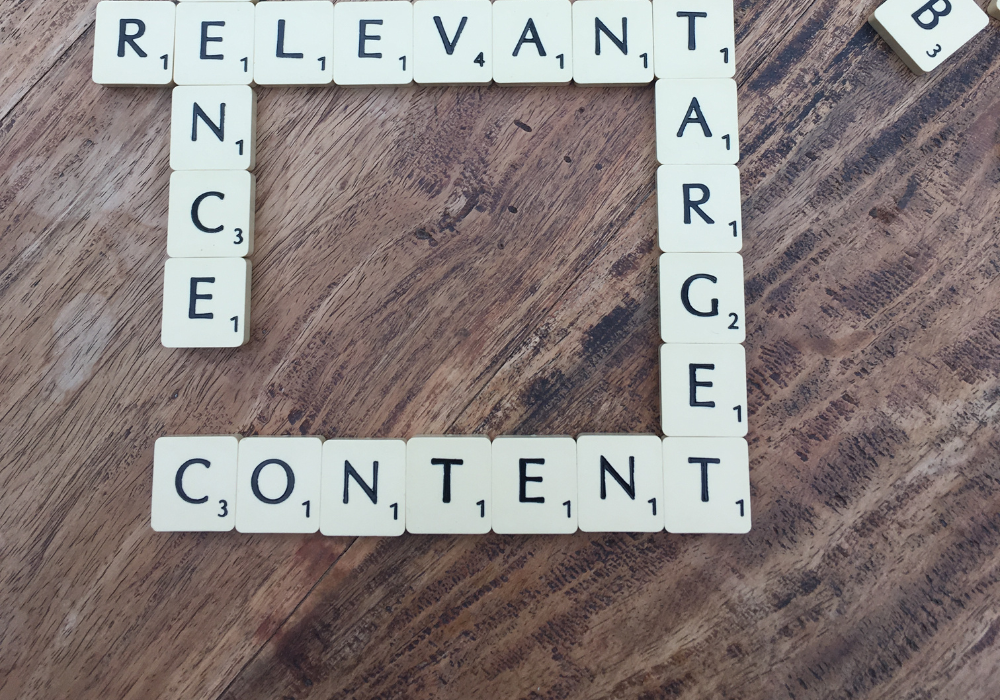What is Content Distribution? Top 6 Steps to Build a Fail-Proof Content Strategy

According to uSERP’s State of Backlinks 2022 survey, 67.5% of marketers believe content backlinks are important for higher rankings on search engines. However, only 2.2% of content published online has a unique backlink. So, why is there a huge gap between what marketers want and what they get? This is because content marketers generally prioritize content creation and leave the task of content distribution to the larger digital marketing team. What’s important to know about content marketing is that the more you focus on content distribution across various channels, the more backlinks, media shares, and mentions you earn. This, in turn, increases traffic to your website, which boosts conversions and revenues. Thus, to capture audience attention, marketers need a comprehensive content distribution strategy—one that is seamlessly integrated with their entire marketing mix.
Read on to find out more about the relevance of content distribution in showcasing your brand in the best possible light.
Why is Content Distribution Important
A critical part of any organization’s overall digital marketing strategy is content distribution. It can boost brand awareness, foster trust among audiences, and assist marketers in building a loyal community of followers. Moreover, having access to a wide audience enhances the chances of gaining multiple backlinks, media mentions, and social media shares, which ultimately increases the website traffic for a business. Thus, a comprehensive content distribution strategy is important because it amplifies brand visibility and maximizes Return on Investment (ROI) for content marketing efforts.
How Does Content Distribution Work
Content marketers promote and distribute content to the target audience in a variety of formats (such as articles, case studies, infographics, and videos) using numerous channels and media platforms (like website blogs and social media). Usually, these content distribution channels and platforms are categorized into three different groups: owned, earned, and paid media. Depending on the business model and overall business goals, marketers choose a content distribution plan that’s the most effective to boost brand visibility.
 Types of Content You Can Distribute
Types of Content You Can Distribute
Before evaluating the options for content distribution channels and platforms, it is important to assess the types of content that you may choose to distribute. These include:
- Blog posts
- White papers
- Research studies
- Pillar posts and other long reads (such as how-to guides)
- Case studies and success stories
- Infographics
- E-books
- Product landing pages
- Videos
- Podcasts
- Email newsletters
Once you decide on the type of content, you need to choose your promotional platforms wisely to distribute the content. A general thumb rule includes defining your marketing expectations as goals and Key Performance Indicators (KPIs). For instance, if your goal is to increase brand awareness, focus on social media shares, organic traffic, keyword rankings, and backlinks.
ALSO READ: A Comprehensive Guide to Content Marketing in 2023 and Beyond
Three Kinds of Distribution Channels to Focus on
The channels a content marketer uses to distribute content may vary depending on the audience and types of resources. However, the three most common and widely used channels include:
1. Owned Content Distribution Channels
Owned channels are the brand’s content properties. Marketers have complete control over how and when content will be published over this type of channel. Some examples include blogs, gated content, landing pages, social media profiles, and email newsletters.
2. Earned Content Distribution Channels
Earned channels, also referred to as shared channels, include third parties promoting and sharing a brand’s content. These could be customers, journalists, and bloggers who share content for free; hence, the term “earned”. Some examples of earned channels include social media shares, brand mentions, guest posts, product reviews, and posting on community platforms like Reddit and Quora.
3. Paid Content Distribution Channels
Paid channels are those that brand purchases to distribute its content. Pay-Per-Click (PPC) ads, sponsored media, and sponsored influencer content are some examples of paid channels.
PPC Ads
With PPC, an advertiser only pays when someone views or clicks on their advertisement. PPC is a type of Search Engine Marketing (SEM) strategy that, when used properly, can help brands generate high-quality leads. One of the popular PPC platforms includes Google Ads.
Sponsored Content
Sponsored content is advertiser-funded promotional media that is created and distributed by another person, brand, influencer, or publisher. Usually, brands use various kinds of sponsored content, such as videos, podcasts, social media, etc.
Sponsored Influencer Content
To increase brand visibility, traffic, and conversions, paid influencer marketing requires brands to employ top content creators in the industry. Since this kind of marketing uses social proof and word-of-mouth advertising, consumers may find it more credible than a brand’s promotions.
How to Build a Content Distribution Strategy

Building a content distribution strategy is crucial as it helps marketers set benchmarks and goals to measure their distribution performance. Here are six fundamental steps to build an effective distribution strategy:
1. Research the Target Audience
This includes collecting the demographic data of your social media followers, email subscribers, website visitors, and customers. You can draw important information about your target audience’s age, income, gender, and location by using popular tools like Google Analytics.
2. Audit Existing Content
You may already have existing blog posts, videos, and social media posts. While your content distribution strategy doesn’t involve removing any content, it suggests auditing existing content to identify and close any gaps you notice or even update it.
3. Choose Content Distribution Channels
Your choice of distribution channel depends on the analysis of your target audience’s behavior and preferences. Choose wisely to get your content across to as many customers and followers as possible.
4. Decide on Content Types
After determining the distribution channels, it is important to decide on the types of content to create. Nine out of 10 content marketers produce blog posts to achieve overall marketing goals. Given this very clear preference for a certain type of content, building a business blog and then expanding your content types to share on other channels may be an ideal plan.
5. Define Key Performance Indicators (KPIs)
Your content distribution strategy should involve setting content KPIs and their subsequent metrics. For example, if your KPI is engagement, you can evaluate it by measuring the bounce rate and average time spent on your website.
6. Create a Content Calendar
An editorial or content calendar is a crucial part of your content distribution strategy; it helps your team stay aligned with your brand’s marketing goals. You can create and maintain your content calendar using Microsoft Excel or Google Sheets. Additionally, tools like CoSchedule, Asana, and Trello are also helpful.
Content Distribution Tools and Platforms
There are several online content distribution tools and platforms to choose from. This list of options offers a complete picture of what’s available:
1. Social Media Platforms
With 4.7 billion active social media users globally, it is no surprise that social networking sites provide impressive growth opportunities for brands. Some of the popular social media content distribution platforms for promotion include Twitter, LinkedIn, Instagram, and Facebook.
2. Video Platforms
Video platforms allow brands to reach users with immersive content such as bite-size ads and informational webinars. The top video platforms to leverage include YouTube, TikTok, Vimeo, Wistia, Instagram, and Facebook.
3. Article Platforms
While your website blog may be the most popular platform to publish long-form articles and blogs, you can also use self-publishing platforms like Medium or the article feature on LinkedIn for content distribution.
4. Content Distribution Tools and Software
- HubSpot is a one-stop content management tool for social media, blog posts, and Search Engine Optimized (SEO) content
- CoSchedule is a scheduling tool for social media content management
- Taboola is a content discovery tool that suggests your content at the end of relevant articles on other websites
- MeetCortex is an AI-powered content tool that analyzes the effectiveness of your content and how well it performs
- Zapier automates content distribution tasks, such as sharing an article on social media as soon as it is published on the website
ALSO READ: How to Boost Content Marketing Strategy to Target the Indian Market
Content Distribution Examples
Let’s consider the content distribution strategy of Salesforce, a popular American cloud-based software company. A large content marketing budget allows the company to produce different types of content and distribute them differently across various channels. For example, on Facebook, they post industry-specific news and videos. On the other hand, the website blog target different content types like reports and case studies.
Close Gaps in Content Distribution with Emeritus
Has this article got you thinking about how to close the gaps in your current content strategy? The secret is to experiment with various distribution techniques until you find the perfect strategy for your business. Alternatively, you can also learn content distribution and other Internet marketing techniques by enrolling in Emeritus’ online digital marketing courses to achieve business growth for your brand.







